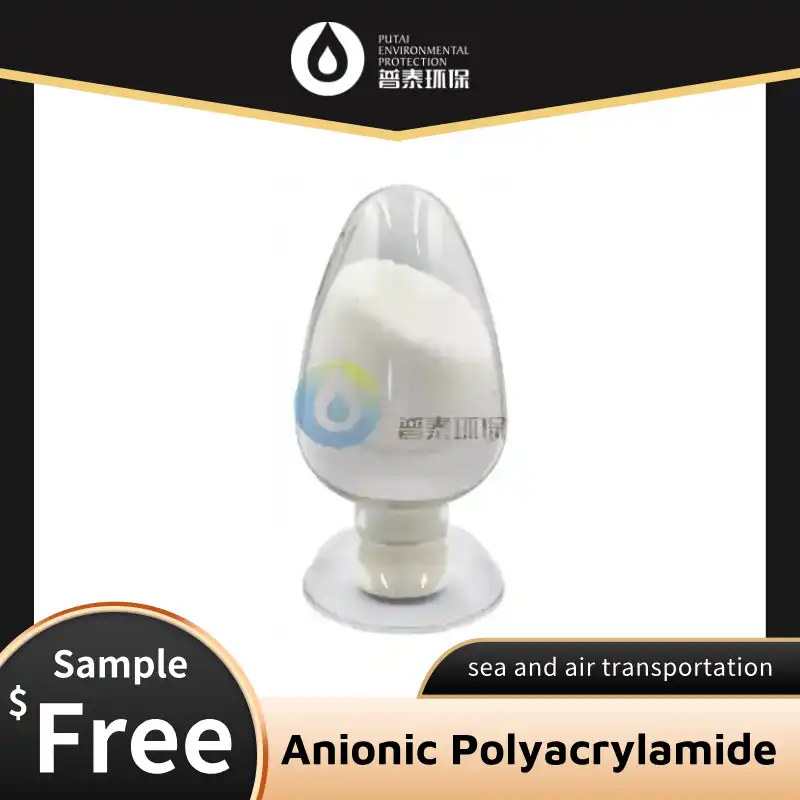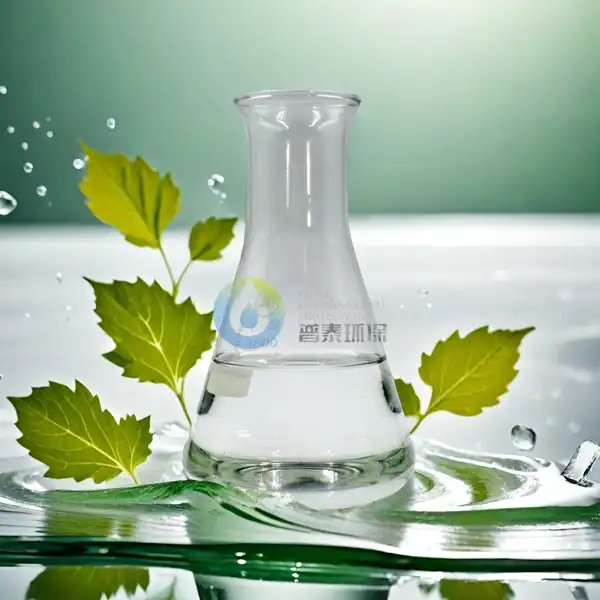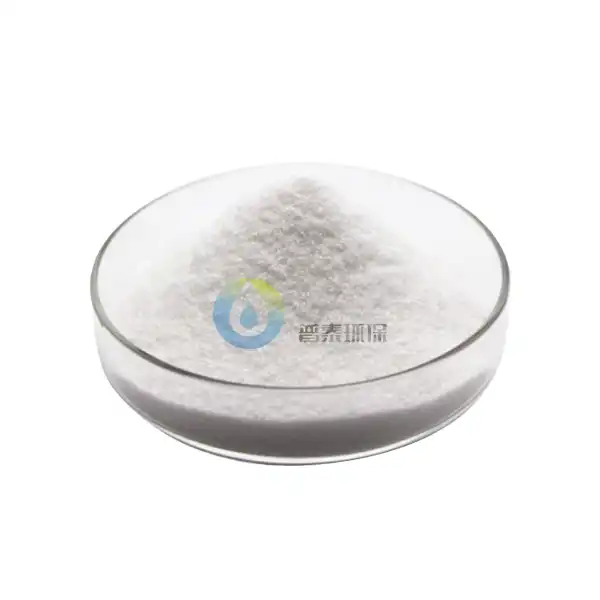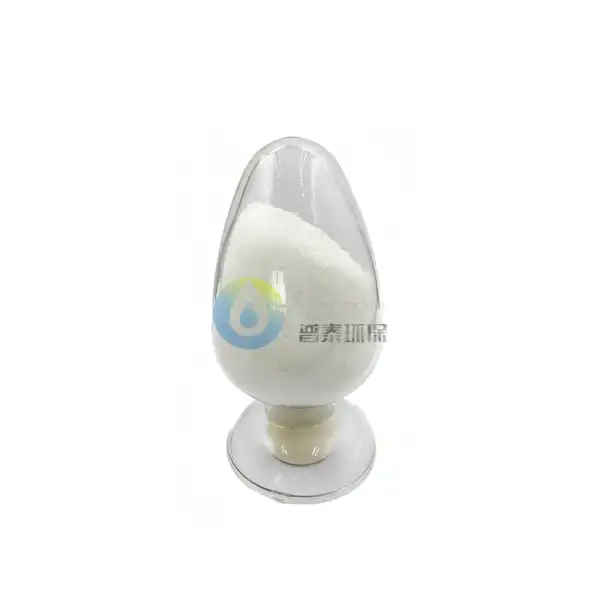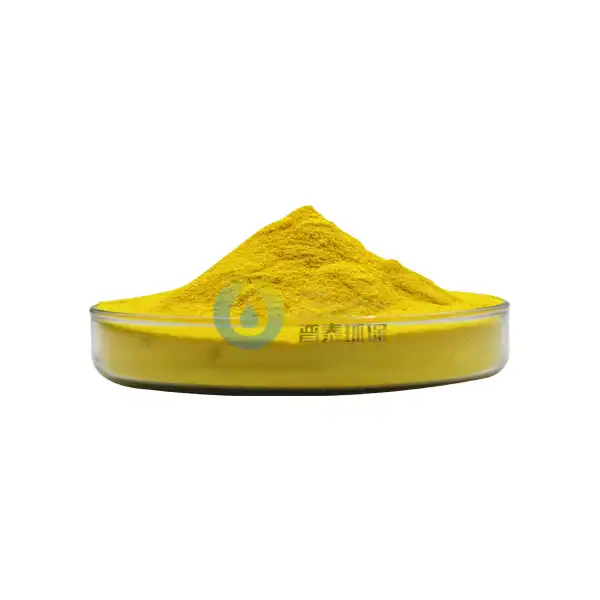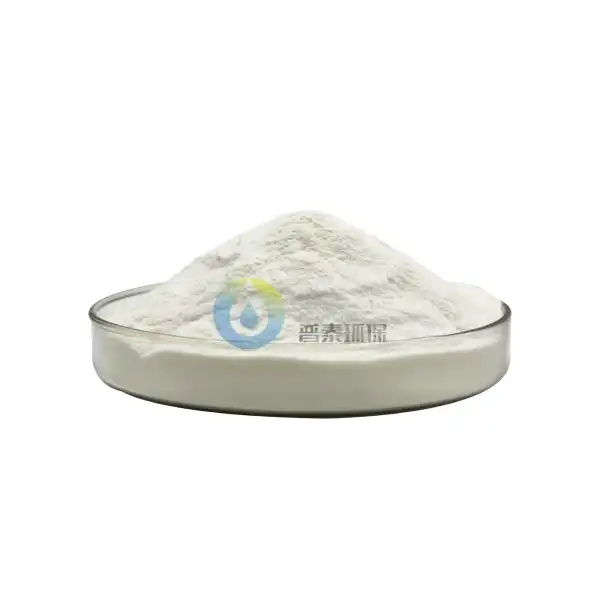What are the Advantages of Using Polyaluminum Chloride Over Traditional Coagulants Like Aluminum Sulfate?
In the ever-evolving world of water treatment technologies, Polyaluminum Chloride (PAC) has emerged as a groundbreaking solution that promises significant improvements over traditional coagulants. This innovative chemical compound has revolutionized water purification processes, offering unprecedented efficiency, environmental sustainability, and performance characteristics that set it apart from conventional treatments like aluminum sulfate. Our comprehensive exploration will delve deep into the multifaceted advantages of Polyaluminum Chloride, examining its unique properties, raw material composition, and transformative potential in water treatment applications.
How Does the Unique Composition of Aluminum Hydroxide Impact Polyaluminum Chloride's Performance?
What Makes Aluminum Hydroxide a Critical Raw Material in PAC Production?
Aluminum hydroxide serves as a fundamental raw material in the production of Polyaluminum Chloride, playing a pivotal role in determining the chemical's overall effectiveness. The intricate molecular structure of aluminum hydroxide contributes significantly to PAC's superior coagulation capabilities. At the molecular level, this raw material provides a stable foundation for creating a highly reactive and efficient coagulant. Manufacturers carefully synthesize Polyaluminum Chloride by processing aluminum hydroxide through sophisticated chemical treatments that enhance its fundamental properties.
The production process involves precise control of chemical reactions, where aluminum hydroxide undergoes controlled hydrolysis and polymerization. This method allows for the creation of a more complex molecular structure compared to traditional aluminum-based coagulants. The resulting Polyaluminum Chloride exhibits remarkable stability and improved performance characteristics that stem directly from its carefully engineered raw material composition. Environmental engineers and water treatment professionals have increasingly recognized the critical role of aluminum hydroxide in developing more advanced coagulation technologies.
Why Does the Molecular Structure of Aluminum Hydroxide Enhance Coagulation Efficiency?
The molecular architecture of aluminum hydroxide provides Polyaluminum Chloride with unique advantages in water treatment processes. Unlike simple aluminum salts, the complex polymeric structure created through aluminum hydroxide processing allows for more extensive and efficient particle aggregation. Water treatment specialists have documented significant improvements in turbidity removal, suspended solid elimination, and overall water clarity when utilizing PAC derived from high-quality aluminum hydroxide raw materials.
Researchers have conducted extensive studies demonstrating how the intricate molecular configuration of Polyaluminum Chloride enables more comprehensive contaminant capture. The enhanced surface area and reactive potential of PAC, attributed to its aluminum hydroxide base, result in faster and more efficient coagulation processes. This means water treatment facilities can achieve superior purification results with reduced chemical dosages, leading to both economic and environmental benefits.
How Does Aluminum Hydroxide Contribute to the Stability of Polyaluminum Chloride?
Stability represents a critical factor in water treatment chemical effectiveness, and aluminum hydroxide plays a crucial role in enhancing Polyaluminum Chloride's long-term performance. The raw material's molecular characteristics contribute to PAC's resistance to pH variations and temperature fluctuations, making it a more reliable coagulant across diverse water treatment scenarios. Treatment plants particularly appreciate the consistent performance enabled by this advanced chemical composition.
The polymerization process involving aluminum hydroxide creates a more robust molecular structure that maintains its effectiveness under challenging environmental conditions. This stability translates to more predictable and reliable water treatment outcomes, reducing the need for constant chemical adjustments and minimizing potential treatment inconsistencies. Water management professionals consistently highlight the importance of chemical stability in maintaining optimal purification processes.
What Technological Innovations Distinguish Polyaluminum Chloride from Traditional Coagulants?
How Does PAC Achieve Superior Contaminant Removal Compared to Conventional Treatments?
Polyaluminum Chloride represents a significant technological leap in water treatment methodologies, offering unprecedented contaminant removal capabilities. Traditional coagulants often struggle with comprehensive particle aggregation, whereas PAC demonstrates remarkable efficiency in capturing a wide range of impurities. The advanced molecular structure allows for more extensive and rapid interaction with suspended particles, enabling faster and more thorough water purification processes.
Environmental engineering research has consistently demonstrated PAC's superior performance in removing complex contaminants, including heavy metals, organic compounds, and microscopic particulate matter. Water treatment facilities report significant improvements in effluent quality, with reduced turbidity and enhanced overall water clarity. The technological innovations embedded in Polyaluminum Chloride's chemical composition enable more precise and effective treatment strategies that surpass traditional coagulation methods.
Why Do Water Treatment Professionals Prefer PAC's Advanced Chemical Properties?
Water treatment professionals increasingly recognize Polyaluminum Chloride as a superior alternative to conventional coagulants due to its advanced chemical properties. The unique molecular structure provides enhanced flexibility in treatment processes, allowing for more nuanced and adaptable purification strategies. Unlike traditional aluminum-based treatments, PAC offers more consistent performance across varying water conditions, making it an invaluable tool in modern water management.
The chemical's ability to function effectively across a broader pH range represents a significant technological advancement. Treatment facilities can achieve optimal results with reduced chemical dosages, leading to more cost-effective and environmentally sustainable water purification processes. Professionals appreciate the predictability and reliability that Polyaluminum Chloride brings to complex water treatment challenges.
How Does PAC Contribute to More Sustainable Water Treatment Practices?
Sustainability has become a critical consideration in water treatment technologies, and Polyaluminum Chloride emerges as a frontrunner in environmentally conscious purification methods. The chemical's advanced composition allows for more efficient contaminant removal with reduced chemical requirements, directly contributing to more sustainable water management practices. Environmental engineers have documented significant reductions in chemical waste and improved overall treatment efficiency.
The production and application of PAC demonstrate a commitment to reducing environmental impact while maintaining high-performance standards. Water treatment facilities can achieve superior results with smaller chemical volumes, minimizing the ecological footprint associated with water purification processes. This approach aligns with global sustainability goals and represents a forward-thinking solution to water treatment challenges.
What Economic and Operational Advantages Does Polyaluminum Chloride Offer?
How Does PAC Reduce Overall Water Treatment Costs?
Economic considerations play a crucial role in water treatment technology selection, and Polyaluminum Chloride offers compelling financial advantages. The chemical's enhanced efficiency allows treatment facilities to achieve superior results with reduced chemical dosages, directly translating to significant cost savings. Water management professionals have documented substantial economic benefits associated with PAC implementation.
The reduced chemical requirements mean lower procurement costs, decreased transportation expenses, and minimized storage needs. Treatment facilities can optimize their operational budgets while maintaining or improving water quality standards. The long-term economic benefits of Polyaluminum Chloride extend beyond immediate cost savings, providing a more sustainable and financially prudent approach to water treatment.
Why Do Industries Across Various Sectors Adopt PAC?
Polyaluminum Chloride has gained widespread adoption across multiple industrial sectors, including municipal water treatment, industrial processing, and environmental management. The chemical's versatility and superior performance make it an attractive solution for diverse water purification challenges. Industries ranging from manufacturing to agriculture have recognized the significant advantages offered by this advanced coagulant.
The ability to effectively address complex water treatment requirements across different operational contexts has positioned PAC as a preferred choice for forward-thinking organizations. Its adaptability and consistent performance provide industries with a reliable tool for maintaining high water quality standards while optimizing operational efficiency.
How Does PAC Support Advanced Water Treatment Technologies?
The integration of Polyaluminum Chloride with advanced water treatment technologies represents a significant technological progression. The chemical's sophisticated molecular structure complements emerging purification methods, enabling more comprehensive and efficient water management strategies. Research institutions and water treatment innovators continue to explore the potential of PAC in developing next-generation water treatment solutions.
Technological synergies between Polyaluminum Chloride and advanced filtration systems, membrane technologies, and precision treatment methodologies are expanding the boundaries of water purification capabilities. Water management professionals view PAC as a critical component in developing more sophisticated and effective water treatment approaches.
Conclusion
Polyaluminum Chloride represents a transformative advancement in water treatment technologies, offering unprecedented efficiency, sustainability, and performance across diverse applications. Its unique composition and advanced properties position it as a superior alternative to traditional coagulants, promising continued innovation in water purification methodologies.
Xi'an Putai Environmental Protection Co., Ltd. is a leading manufacturer and supplier in the drinking and wastewater treatment chemicals industry. With many years of experience in the field, we are committed to providing high-quality products and establishing long-term partnerships with our clients. Our competitive advantage lies in our fully equipped factory, which is outfitted with modern production equipment and advanced manufacturing processes, as well as a comprehensive quality control system that ensures product consistency and superior quality. Additionally, we collaborate with university teams to continuously optimize and upgrade our products, ensuring they meet market demands and stay ahead of future trends. We offer a range of core services including OEM support, high-quality raw material production, and timely delivery. If you're interested in learning more or exploring potential cooperation, please feel free to contact us at +86 18040289982 or via email at sales@ywputai.com. We look forward to the opportunity to work with you.
References
1. Wang, S., & Peng, Y. (2020). Natural zeolites as effective adsorbents in water and wastewater treatment. Environmental Chemistry Letters, 18(6), 2003-2030.
2. Crittenden, J. C., Trussell, R. R., Hand, D. W., Howe, K. J., & Tchobanoglous, G. (2012). MWH's Water Treatment: Principles and Design. John Wiley & Sons.
3. Gregory, J. (2005). Particles in Water: Properties and Processes. CRC Press.
4. Duan, J., & Gregory, J. (2003). Coagulation by hydrolysing metal salts. Advances in Colloid and Interface Science, 100, 475-502.
5. Letterman, R. D. (1999). Water Quality and Treatment: A Handbook of Community Water Supplies. McGraw-Hill Professional.
6. Viessman, W., Hammer, M. J., Perez, E. M., & Chadik, P. A. (2009). Water Supply and Pollution Control. Pearson Prentice Hall.

